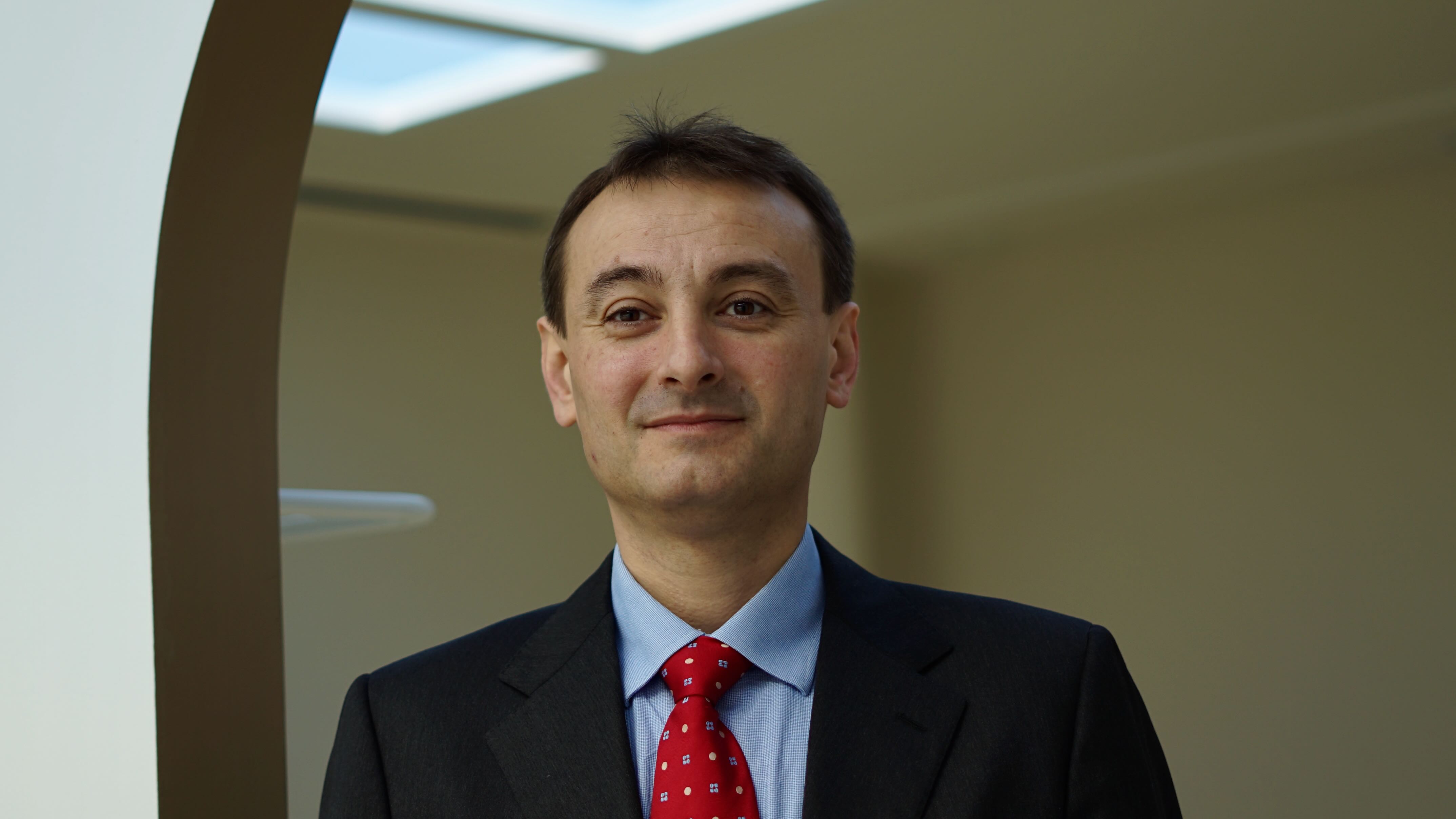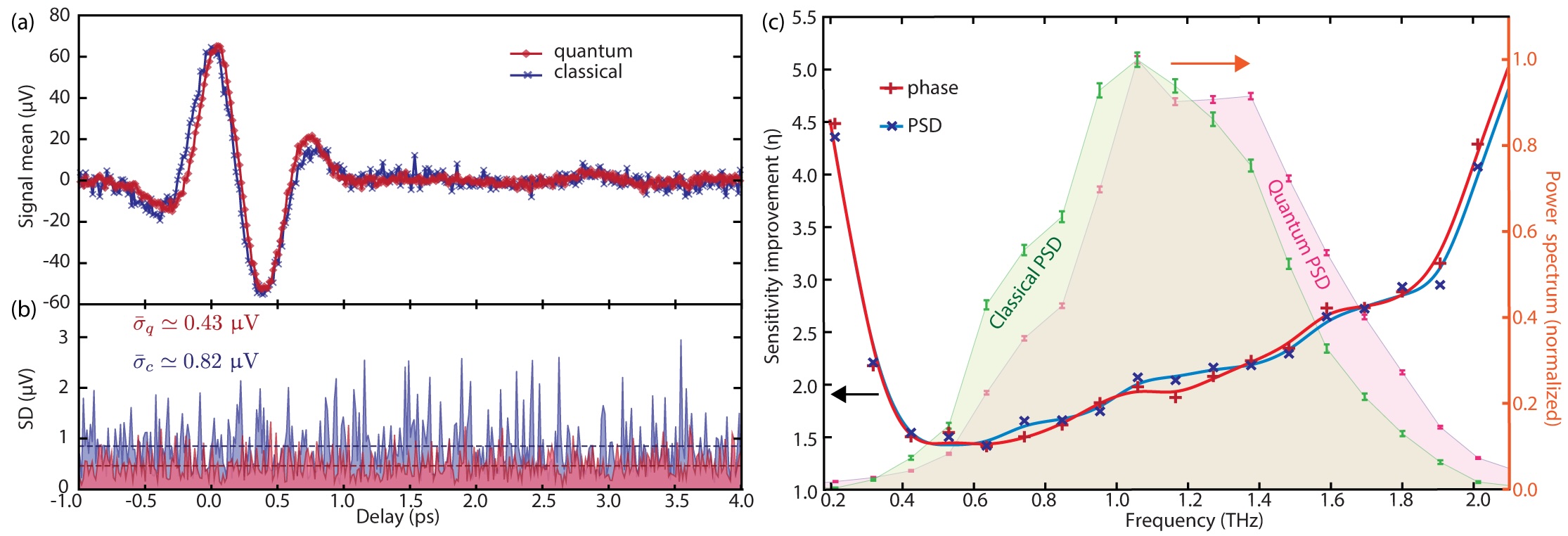New quantum technique could improve cutting-edge spectroscopy
Published: 3 February 2025
An international team of engineers and physicists have found a way to use quantum light to improve the performance of cutting-edge spectroscopy.
An international team of engineers and physicists have found a way to use quantum light to improve the performance of cutting-edge spectroscopy.
Their new technique enables measurements of infrared electric fields which are twice as sensitive as previous developments in a process called time-domain spectroscopy.
The researchers say their work could help open up new applications in security and medical diagnostics.
Currently, time-domain spectroscopy uses ultra-short pulses of laser light which pass through or are reflected from samples of materials. The process enables precise measurements of the material’s molecular composition over time which aren’t possible with other forms of spectroscopy.
Recent research from 2023 Nobel Prize winner Ferenc Krausz’s team showed that time-domain spectroscopy could be used to detect early signs of diseases like cancer in blood samples.
However, time-domain spectroscopy’s reliance on classical light sources to probe samples has limited its resolution due to a property of the laser light known as ‘shot noise’. This inherent limitation of classical light means that, beyond a specific point, noise overtakes the signal and further information about samples’ composition cannot be recovered.
The team’s new development, showcased in a paper in Science Advances, uses quantum light to go beyond the limits of classical light.
They used pairs of laser pulses twinned with each other through quantum mechanics to probe an infrared field.
While both beams are affected by shot noise, the content of the noise is equally mirrored in both. When the results of one beam’s measurements are subtracted from the other, signals which would be hidden by shot noise in classical light are revealed, enabling more sensitive measurements. The team say their new approach is around half as noisy as time-domain spectroscopy results produced by classical light, making it twice as sensitive.

Professor Matteo Clerici, of the University of Glasgow’s James Watt School of Engineering and the University of Insubria, is the paper’s corresponding author. He said: “Although the technology is still developing, in the future time-domain spectroscopy could help us better understand what materials are made of, detect contaminants or traces of dangerous material like explosives in the atmosphere, or probe the concentration of molecules of serious diseases in patients’ blood samples.
“We’ve been working for several years now to apply quantum measurement techniques to time-domain spectroscopy, and this paper demonstrates the effectiveness of quantum radiation for increasing the sensitivity of the technique.
“Glasgow PhD students Dionysis Adamou and Lennart Hirsch worked hard to make this happen, and the next steps for us are to look at ways to enhance the technique beyond what we’ve been able to achieve so far. That will likely involve adapting interferometry techniques like those used in gravitational wave detectors to improve the sensitivity of the process.”
Researchers from Loughborough University and the University of Strathclyde also contributed to the development of the new technique. The team’s paper, titled ‘Quantum-enhanced time-domain spectroscopy’, is published in Science Advances.

The research was supported by funding from Innovate UK; UK Research and Innovation (UKRI); the Engineering and Physical Sciences Research Council (EPSRC); the University of Glasgow Impact Acceleration Account; the Defence Science and Technology Laboratory (DStl); the Royal Academy of Engineering; the Leverhulme Trust; the devcOM US Army Research Office and the European Commission.
First published: 3 February 2025

